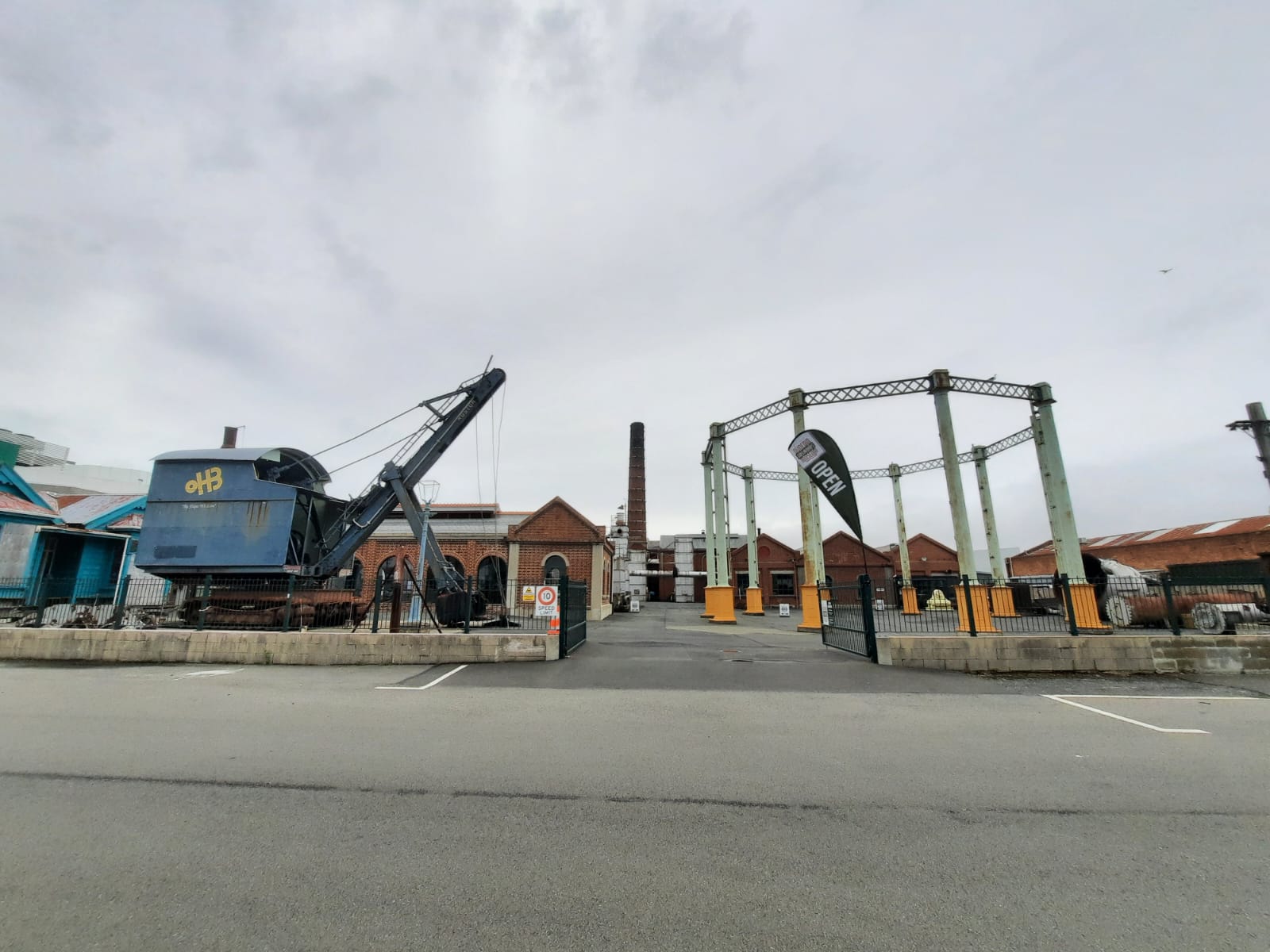Dunedin Gasworks Museum
A new discovery for the Salterton Arts Review, the Dunedin Gasworks Museum is world-class heritage close to home.
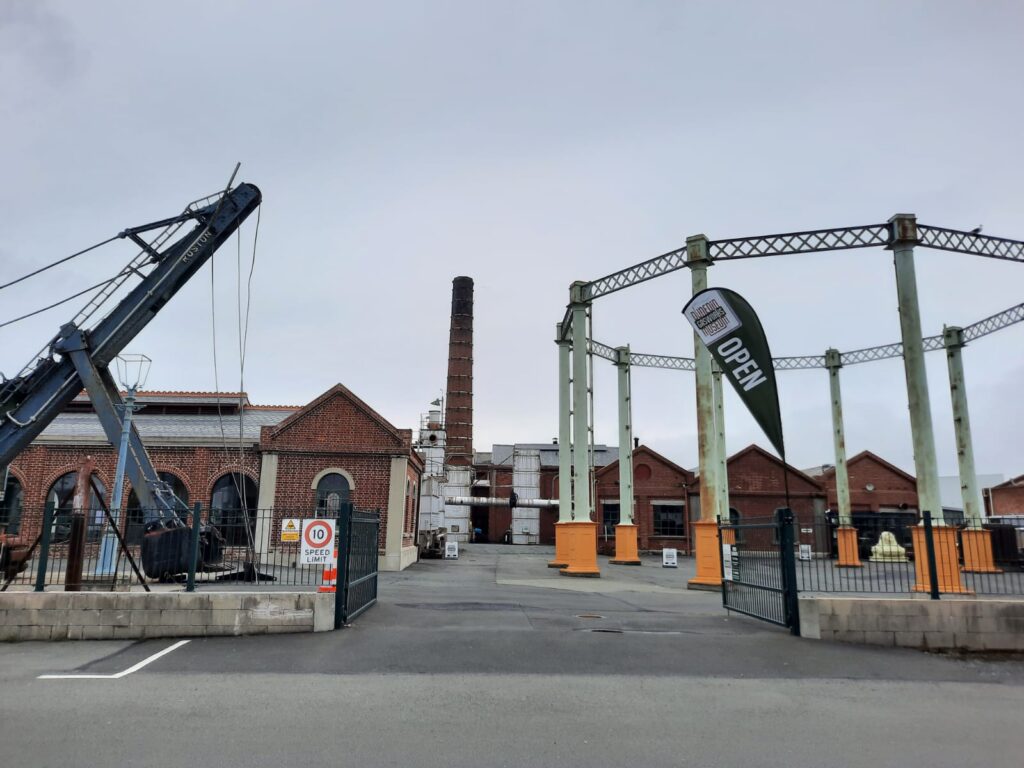
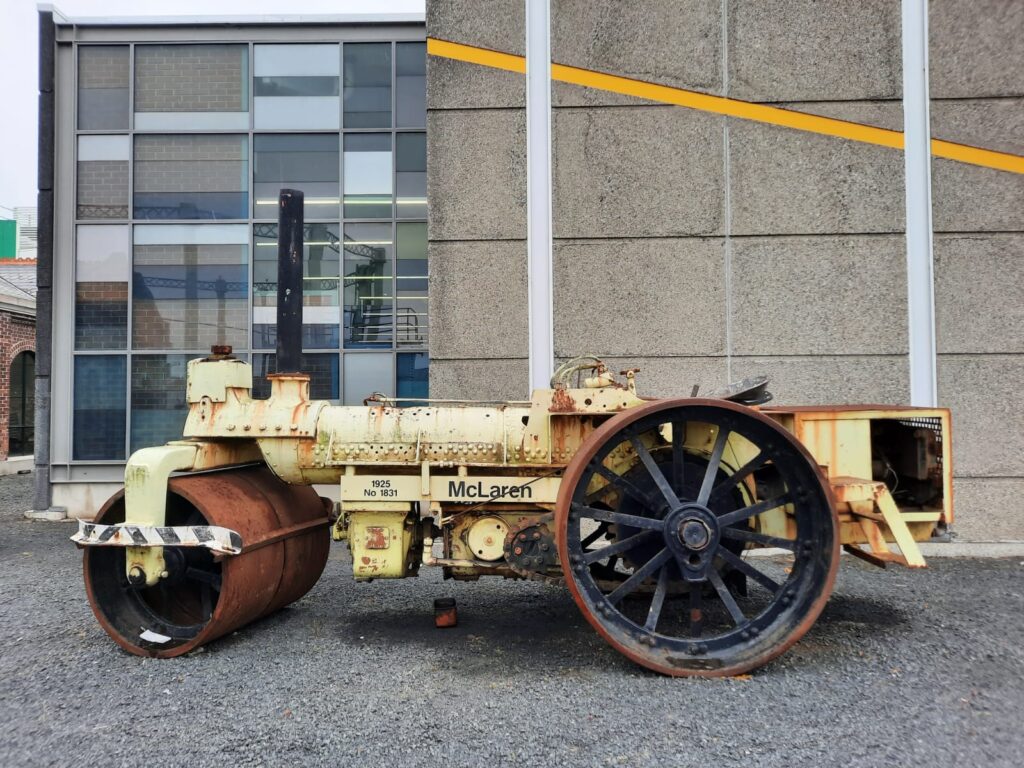
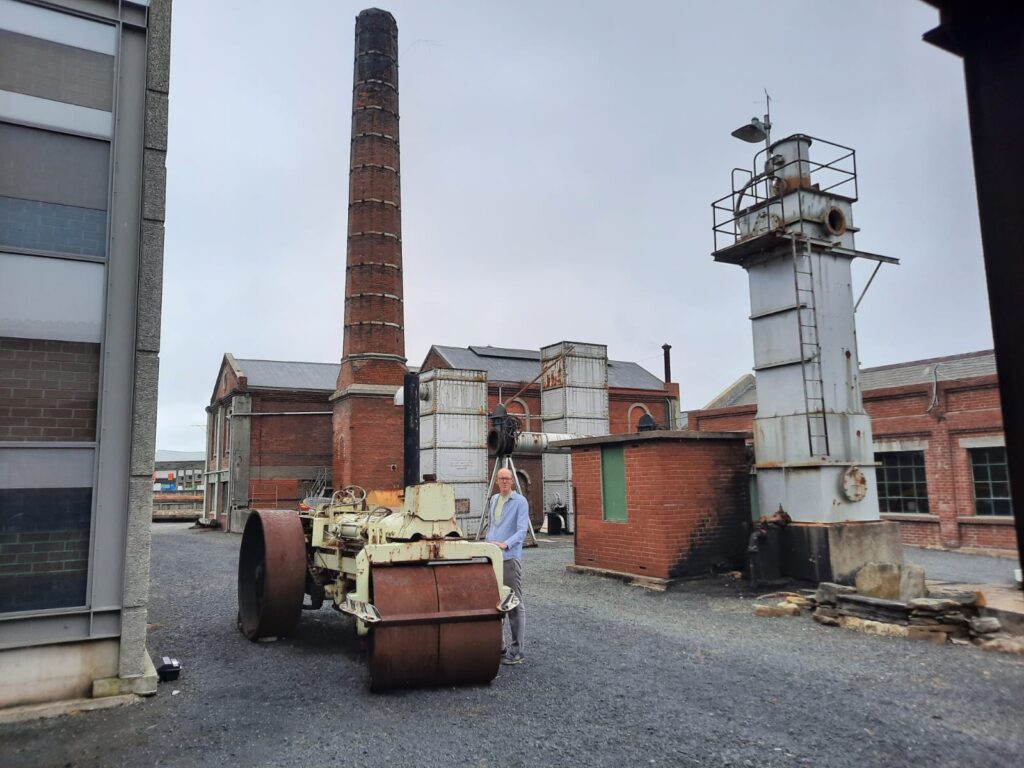
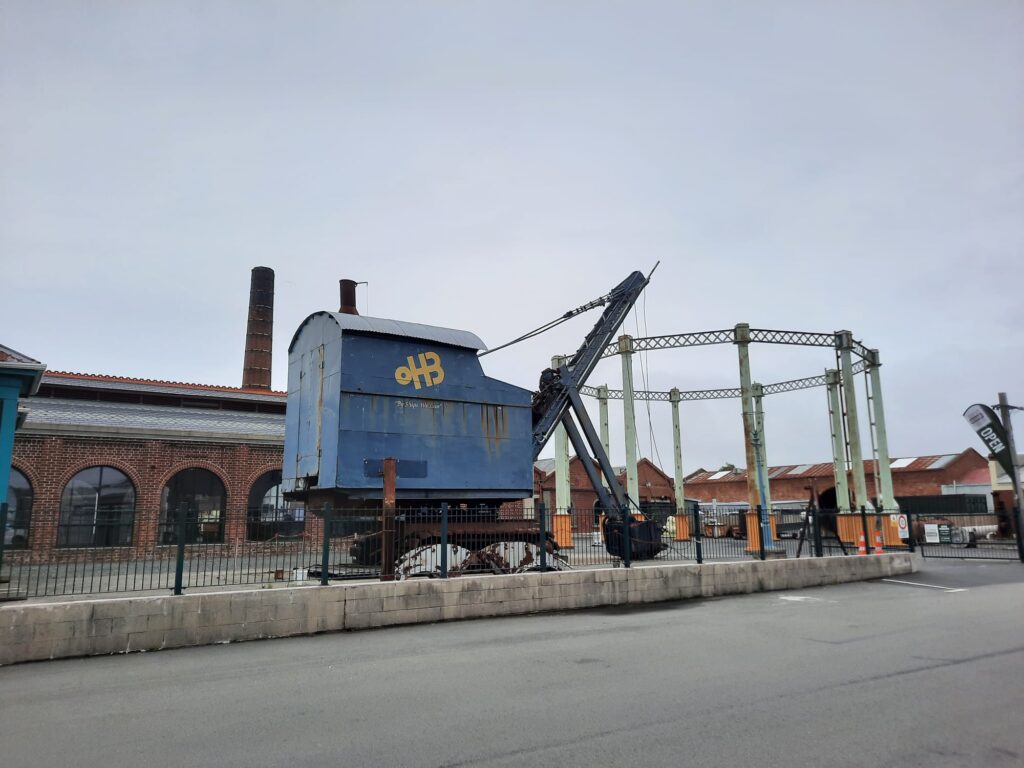
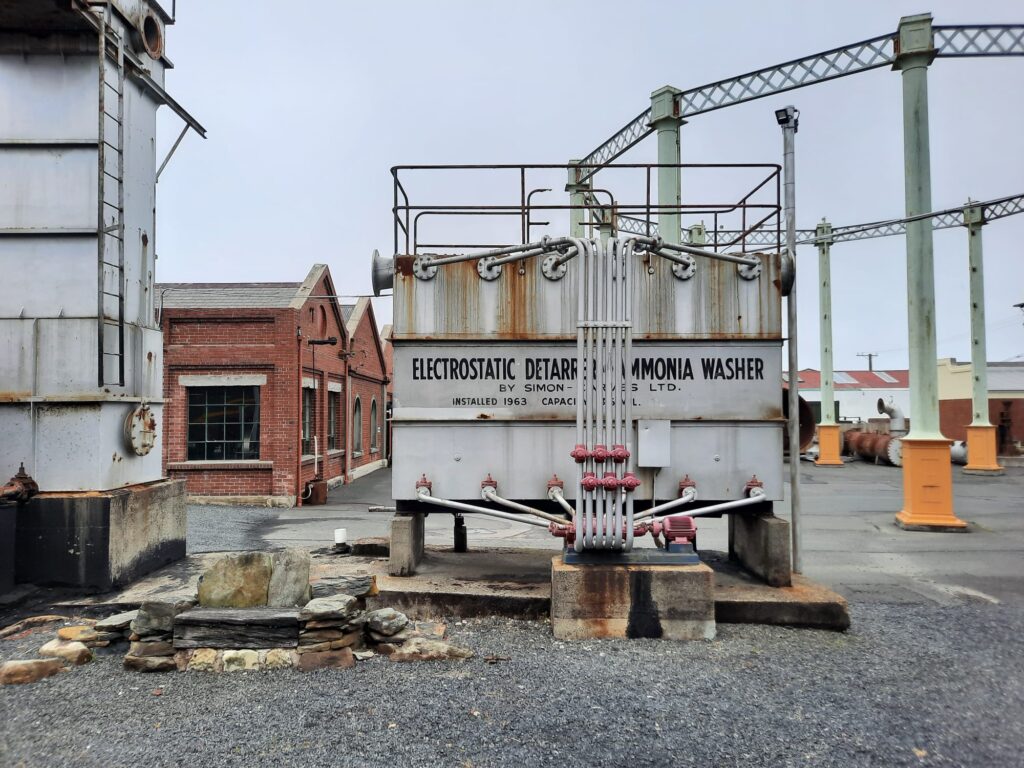
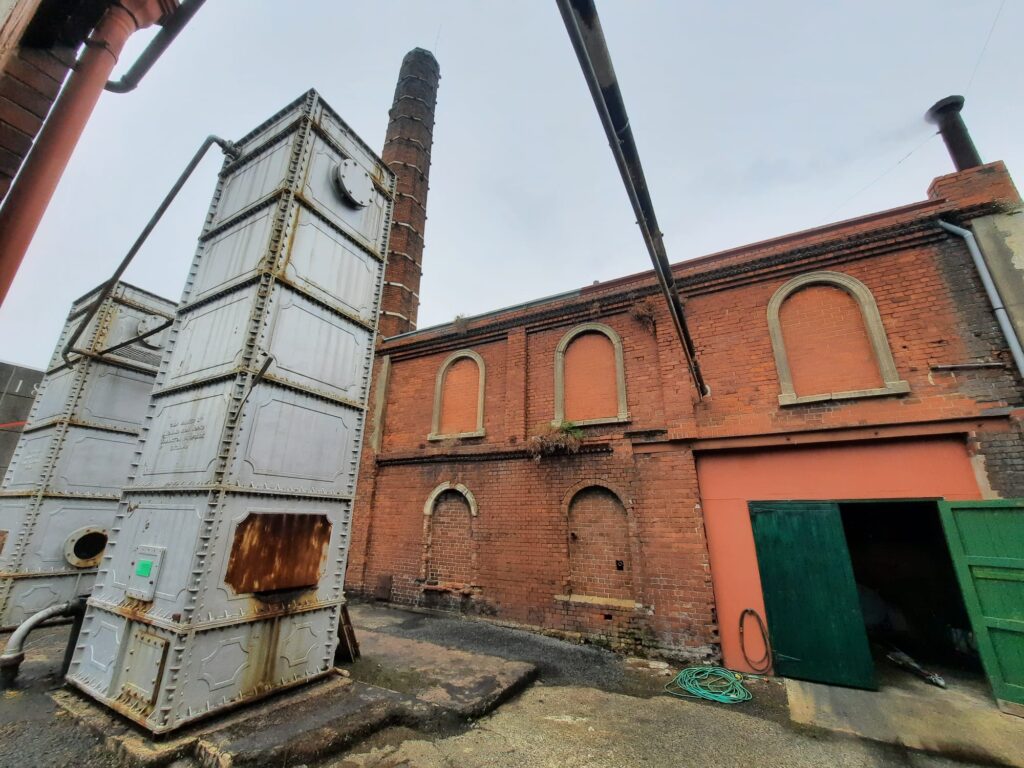
Discovering the Dunedin Gasworks Museum
OK, when I say a new discovery, I don’t mean this museum is new. I actually remember someone telling me I should visit when I was at university and, well, that was a long time ago now. But in my defense the Dunedin Gasworks Museum keeps relatively short opening hours, and my time in my hometown is normally limited to a few weeks every other Christmas. But I digress: the key point is that I made it!
And as much as I like revisiting favourite spots in Dunedin, it is great seeing something new as well. Plus I’ve driven past the chimneys of the Gasworks Museum so many times it was exciting to finally see inside! We headed there on a fairly rainy December day. There are a few buildings to explore as part of the museum, but one has a bit more of a visitor’s centre and welcome desk so we started there. Equally, though, you could start with the building that houses more of the working machinery and then go learn some of the background details. It’s not the sort of place that there’s a right or a wrong way to see.
When looking at the website ahead of my visit, I noticed that it is “the best example of working gasworks machinery in the world”. Wow, what a feat! And… a little confusing? Because as I type, I’m enjoying the heat of my gas-powered central heating (in London, not Dunedin). So maybe to begin with we’d better understand what this museum is all about, and why this is such a rare survivor. Follow me, we’ll get onto that right now.
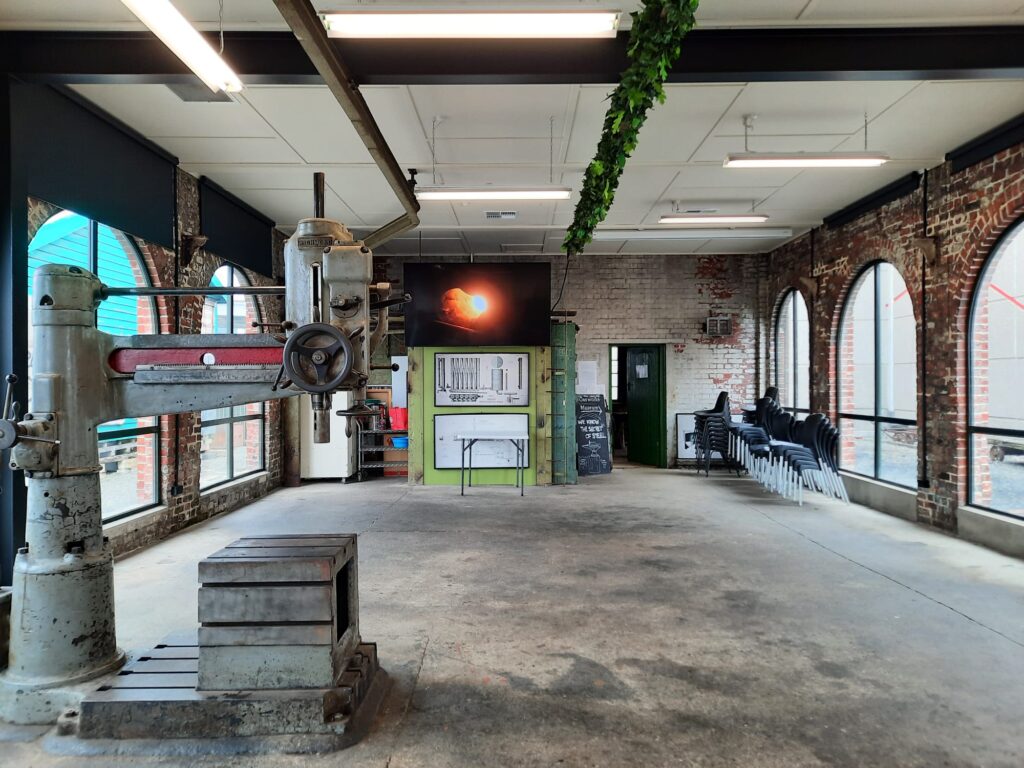
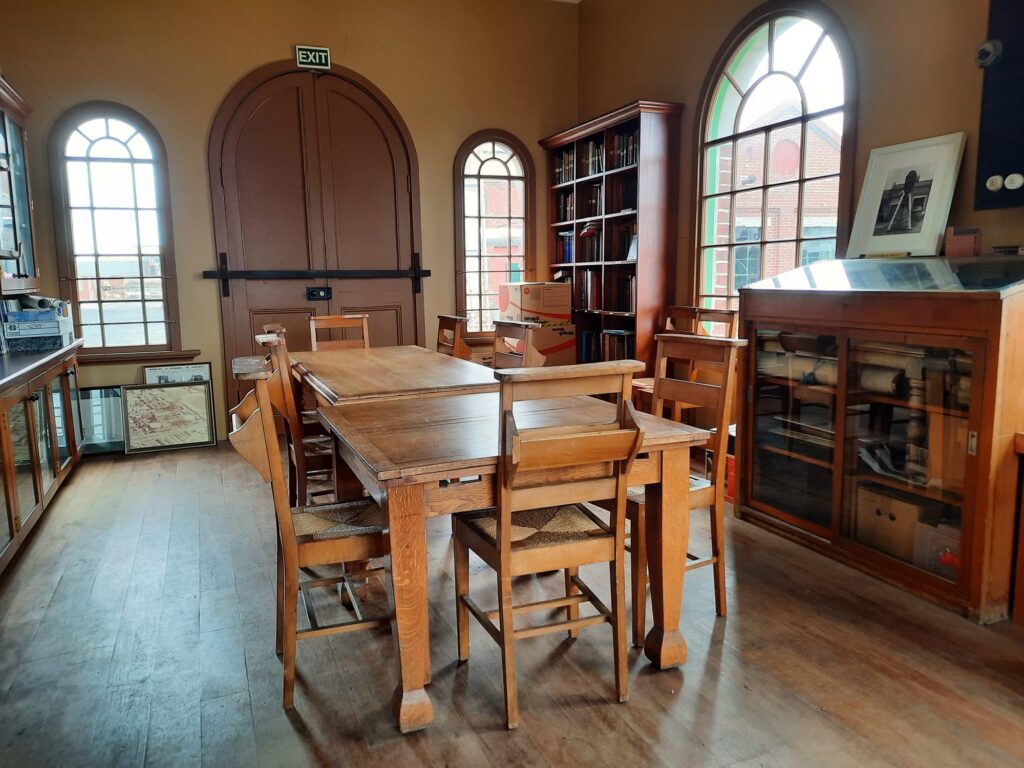
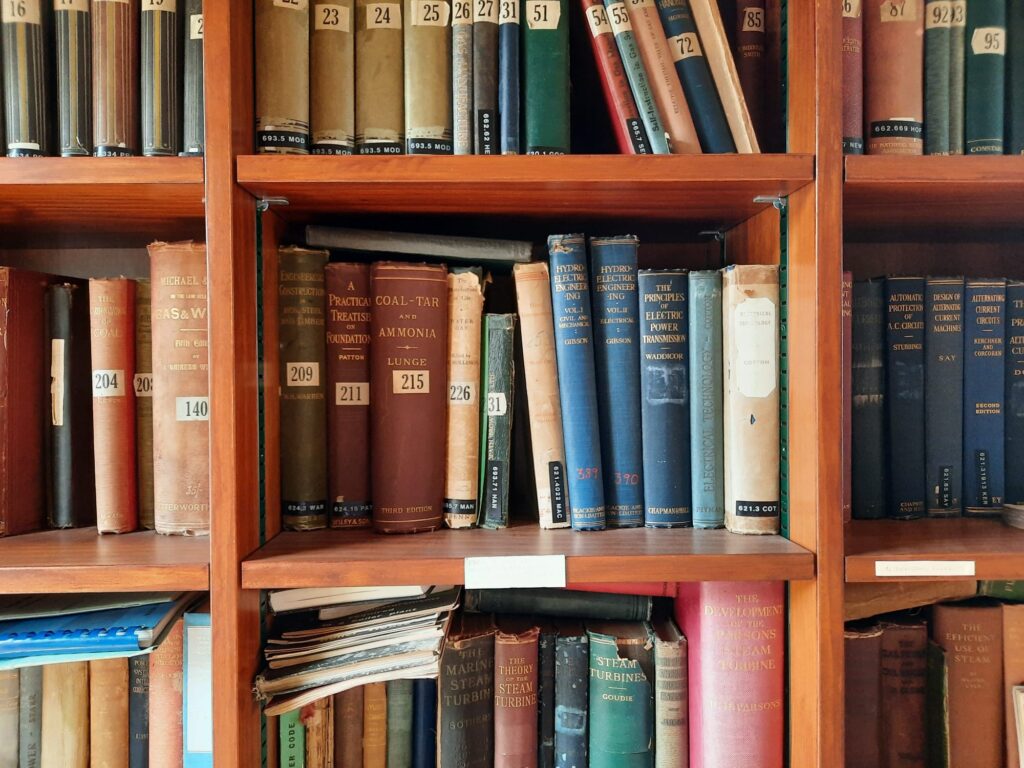
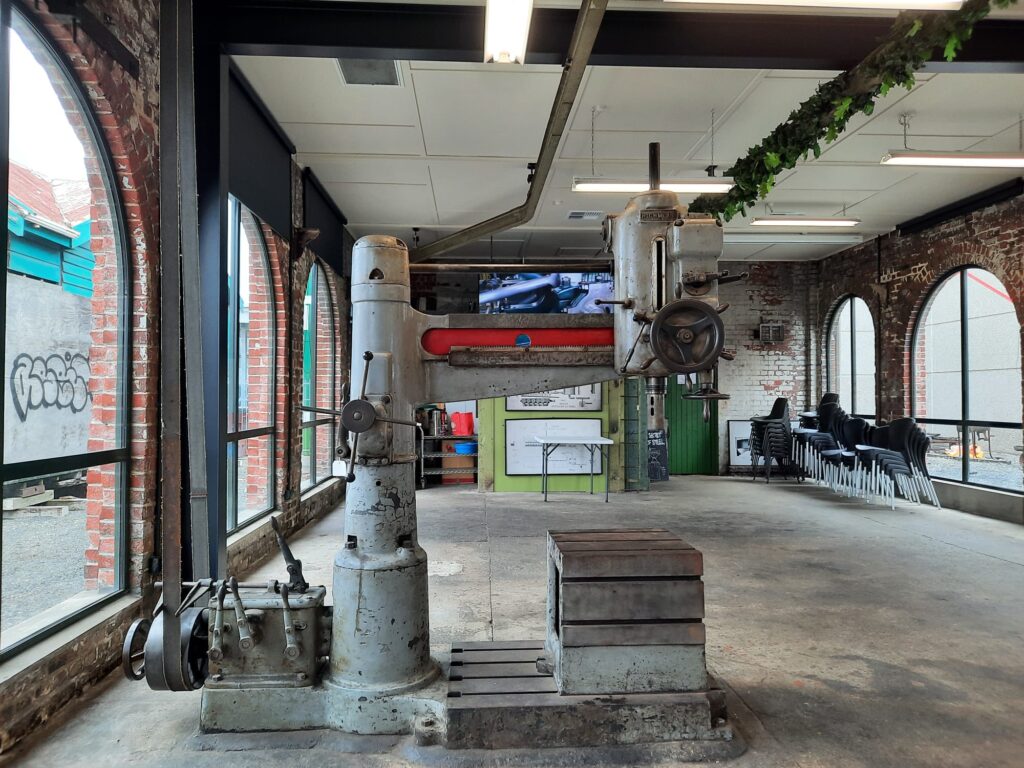
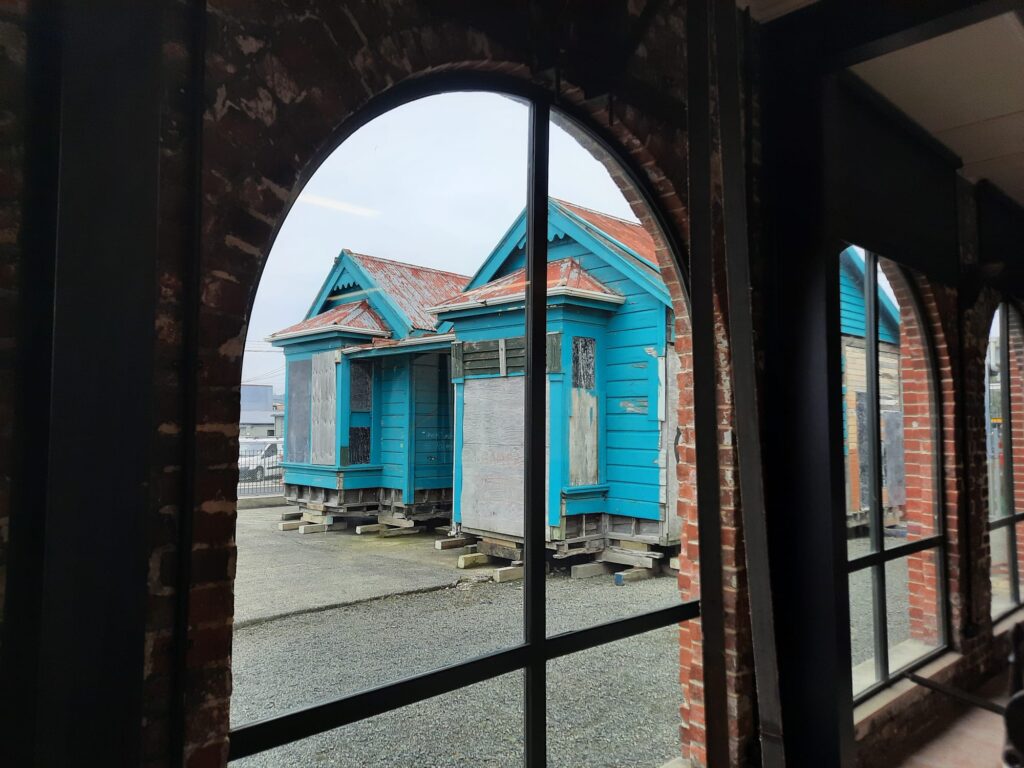

Dunedin and its Gasworks
The gasworks in Dunedin were the first in New Zealand, opening in 1863. This is of course contemporary with the city booming as the gateway to a goldrush in Central Otago. It was also the last working gasworks in Dunedin, closing in 1987. And in between, I’ve learned that it had four main functions:
- Manufacturing gas from coal
- Treating the gas
- Storing the gas
- Pumping the gas
And so you see, we’re already starting to piece together why this gasworks isn’t the same as most domestic gas today. My central heating, for example is supplied by natural gas. It might seem like gas is gas, but natural gas and coal gas are actually pretty different, even requiring different appliances.
To create coal gas, you heat coal in an environment without air. This produces the gas, as well as byproducts like ammonia, hydrogen sulphide and tar which are condensed or removed during a purification process. Coke is another major byproduct. Alternative methods were also in use at the Dunedin Gasworks, like creating ‘water gas’ from coke, and gas from oil. Obviously that’s about the most basic explanation you can get: if you’re interested you can read more here.
Once you have your gas, you need to store it, and pump it out to your consumers. You’ve probably seen gasholders if you’ve been to old industrial areas. We’ve got one near us on the Old Kent Road. They’re typically big iron frames with a cylinder that could be inflated or deflated depending on the volume of gas being stored. A lot are gone now because natural gas isn’t stored the same way, while others have been put to new uses. There was a system to manage the pressure so it was fairly consistent through periods of high and low usage, and of course a whole infrastructure of pipes to get it to homes and businesses. Gas powered lighting, cooking, heating and more across Dunedin.
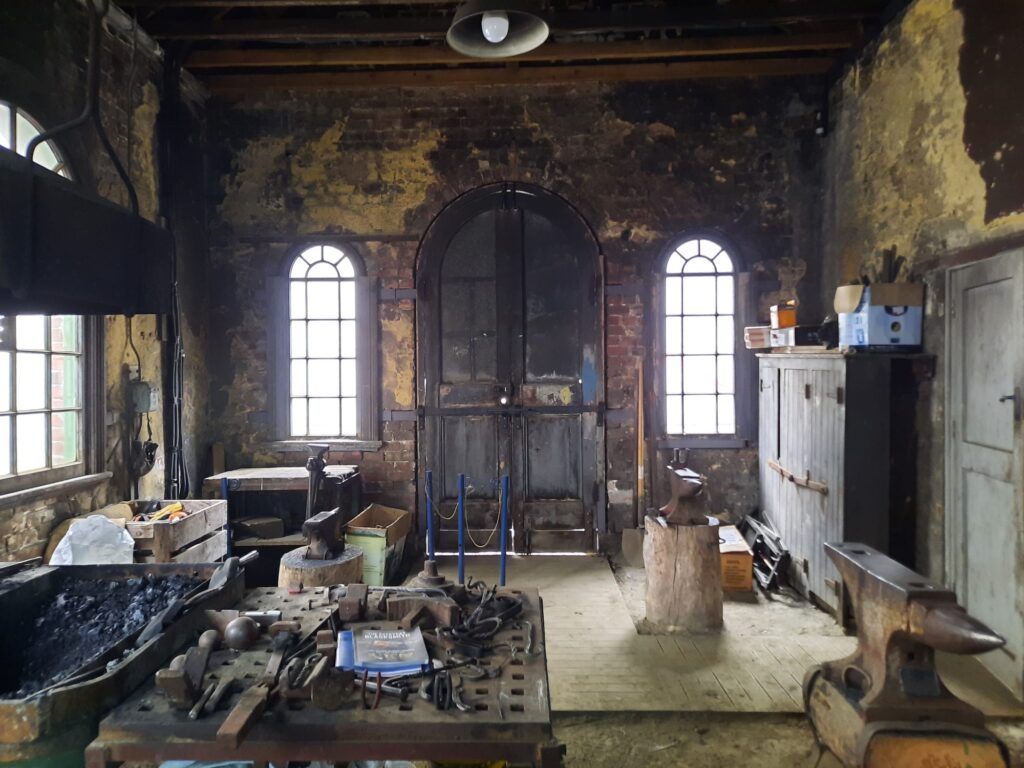
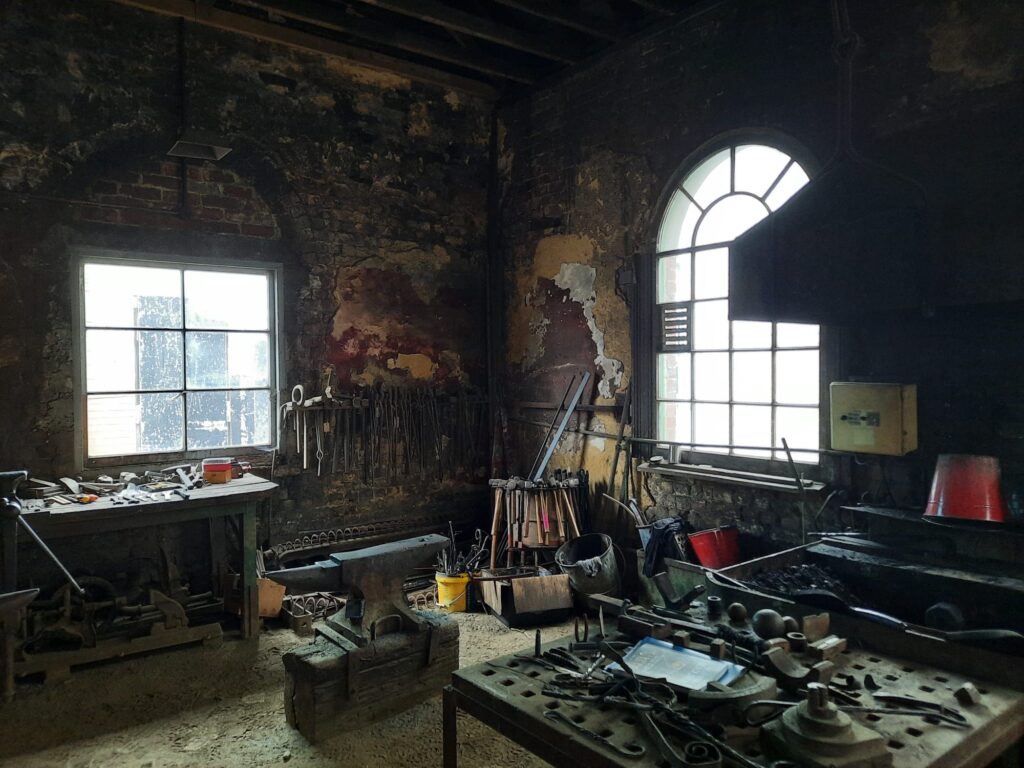
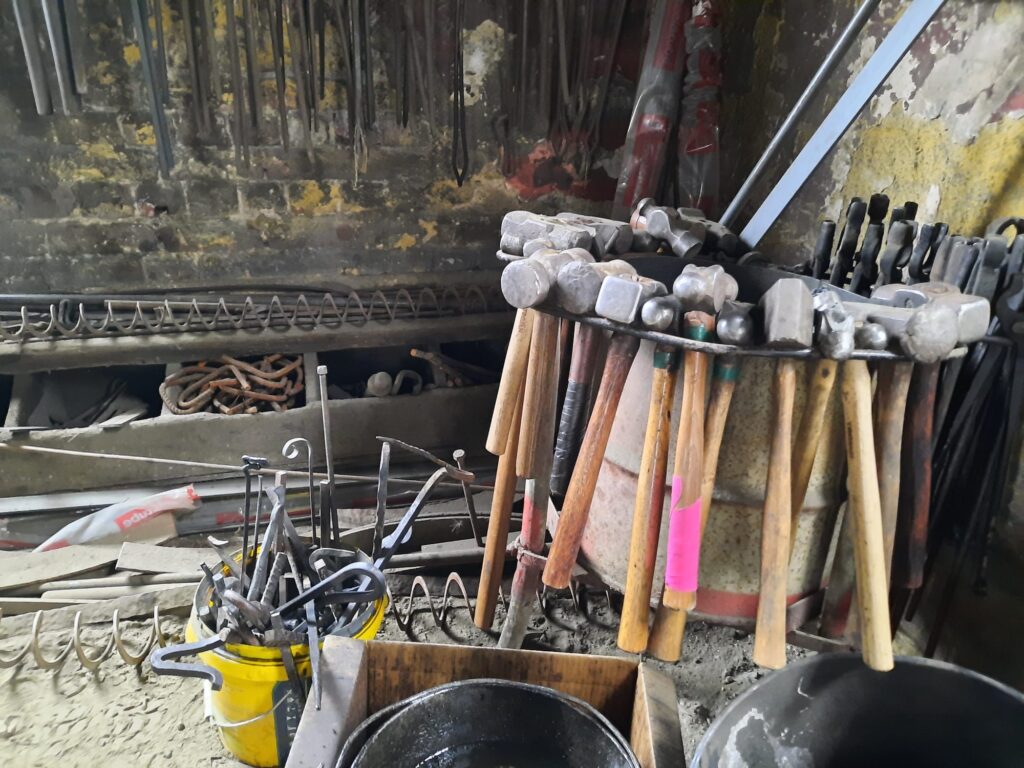
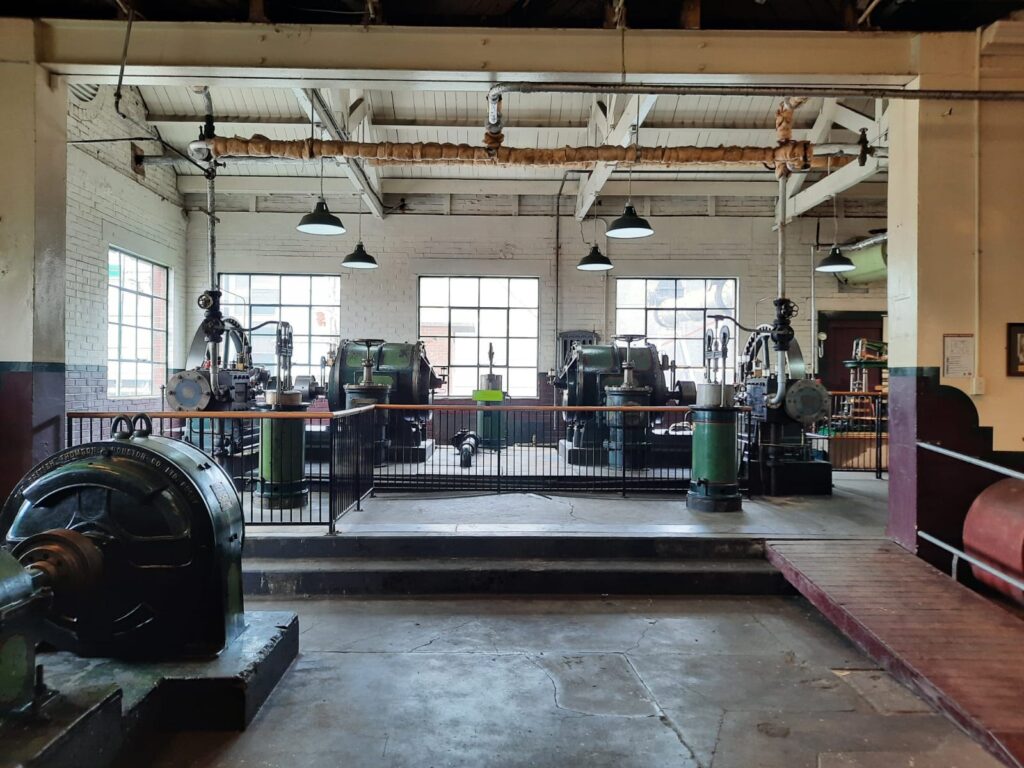
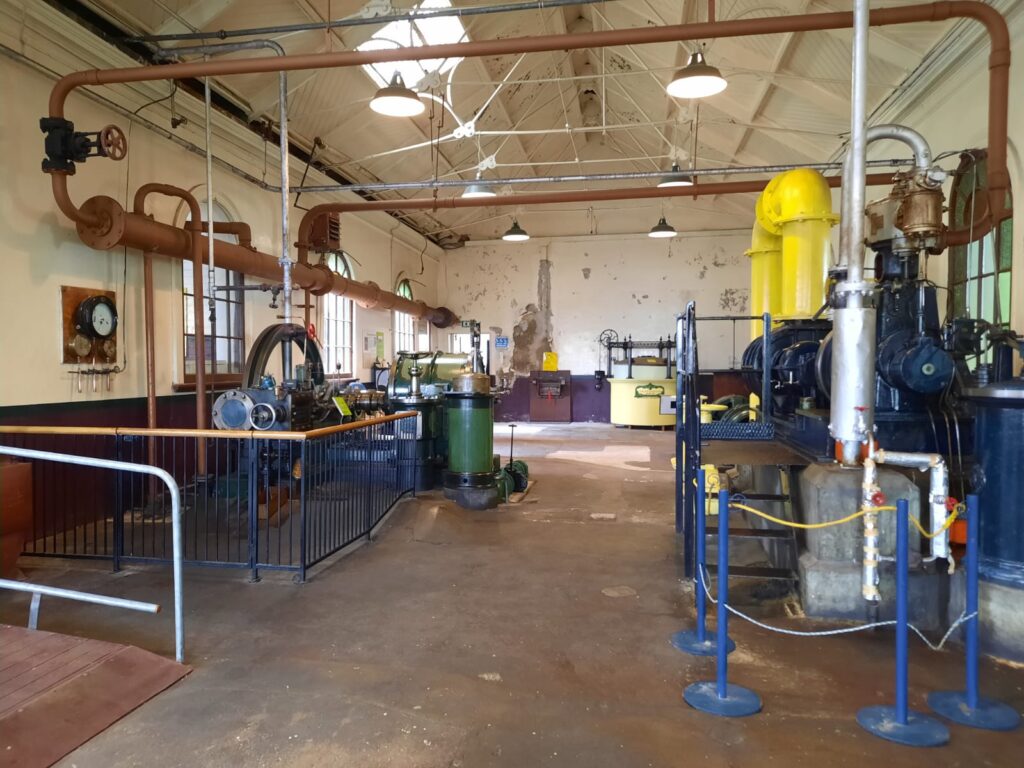
From Gasworks to Museum
In many parts of the world, coal gasification was replaced by natural gas. In New Zealand, however, it was more a matter of coal gas production becoming unfeasible/unprofitable during the 1970s and 1980s. The Dunedin Gasworks did have a go at adapting: Dunedin City Council, who owned the gasworks, converted it for liquid petroleum gas. But this was already for a much smaller distribution, which ceased altogether in 2001. These days what infrastructure remains from the network of gas pipes is often reused for fibreoptic cables and the like.
But this did leave the city with a large industrial site including several heritage buildings. A lot of the facility was pulled down in the 1980s, but support for retaining the older buildings grew in the latter half of the decade. Elizabeth Hinds, director of the (then) Otago Settlers Museum, headed up a trust to save this important industrial heritage.
Structural and restoration work began in 1989. But these things take time. And as we’ve discovered the gasworks were still active in some capacity until 2001. It was in that year that the Dunedin Gasworks Museum opened. It comprises the gasholder frame (1881), a brick fitting shop (c. 1900), and an engine house (c. 1860s-70s). The engine house has the chimney I’d driven past for so long. As well as the buildings there are also a number of working steam engines, dating from the 1860s to 1960s. Outside are more bits and pieces including an ammonia washer and a curious steam excavator. Inside you’ll find shelves of hardware, a blacksmith’s forge, and a library.
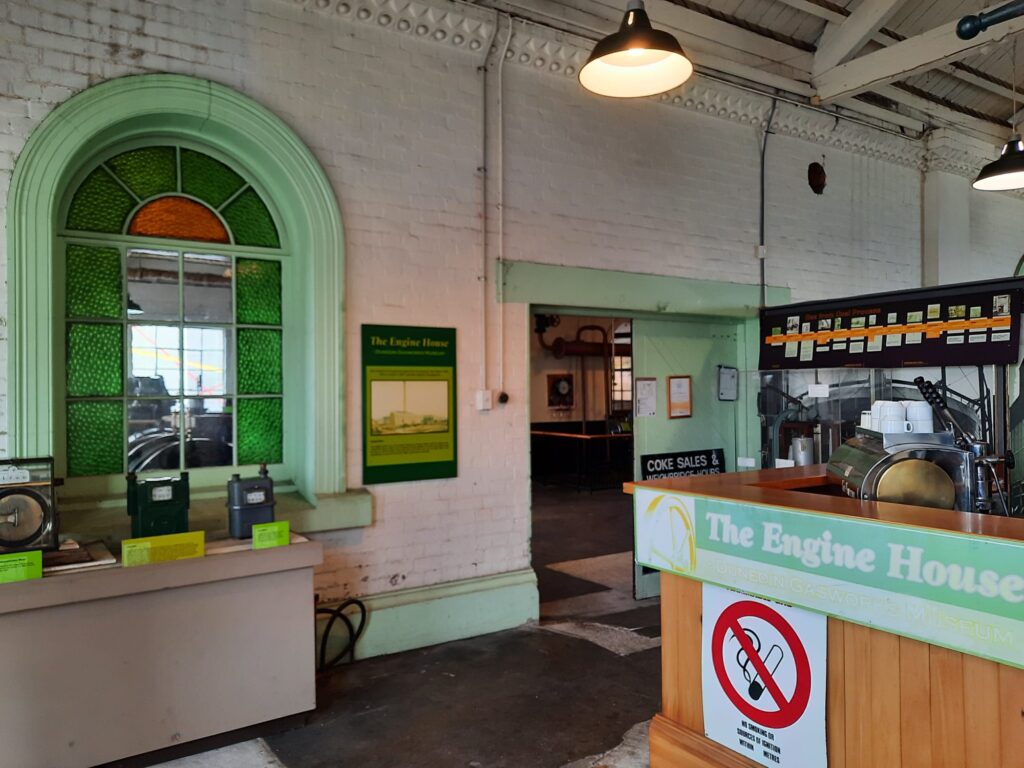
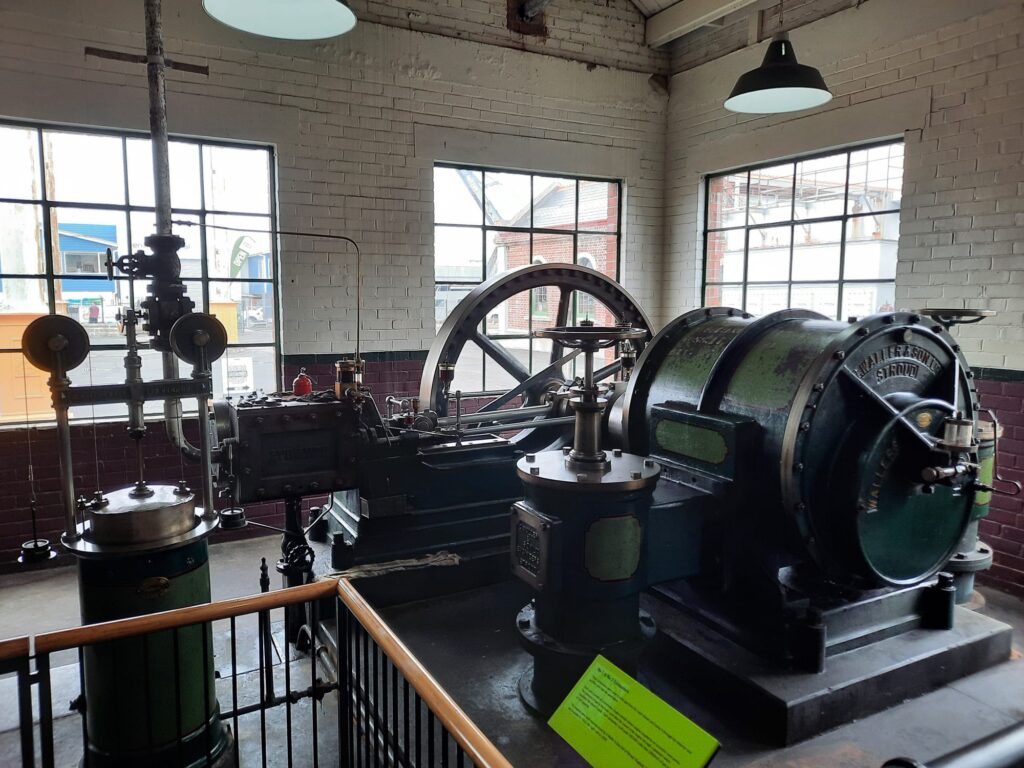
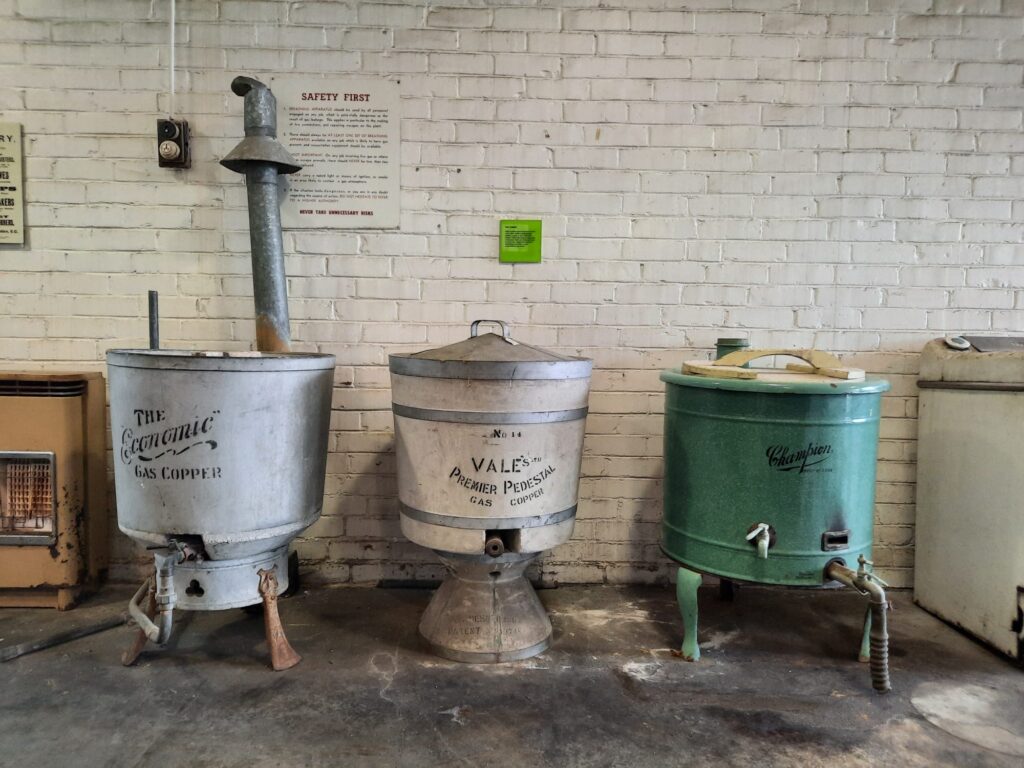
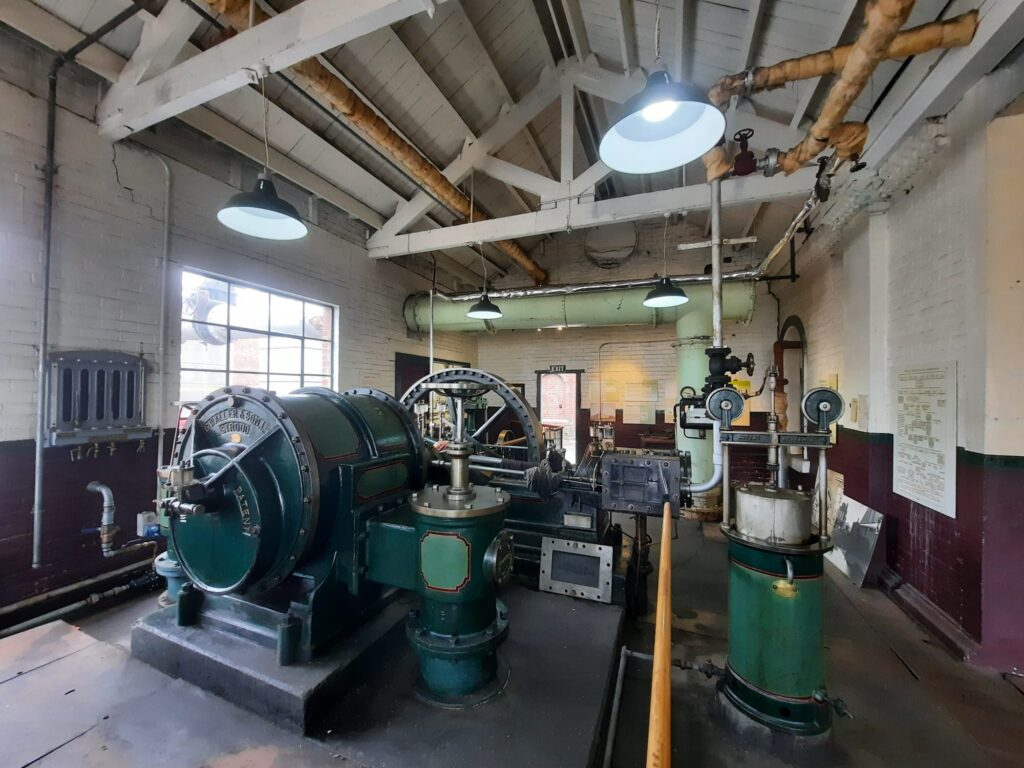
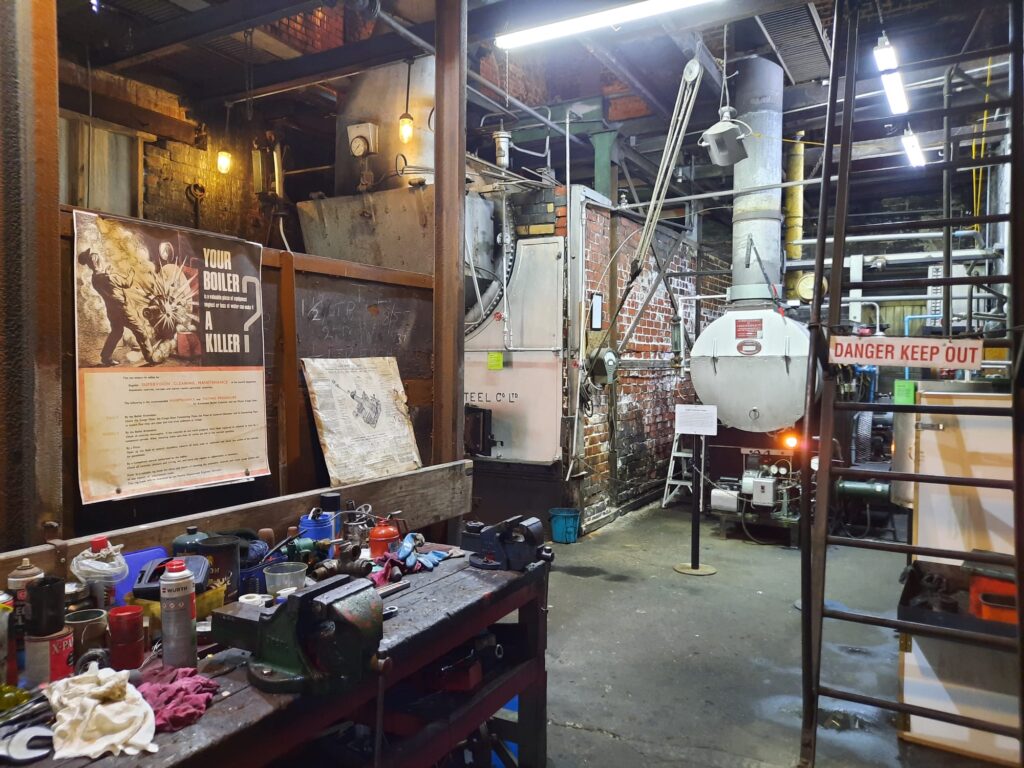
Visiting Dunedin Gasworks Museum
The upside to limited opening hours is, if you’re visiting, it’s very likely the machines will be fired up and working. Like Kirkaldy’s Testing Works, it’s a great way to experience heritage in a different capacity than looking at museum objects. And, overall, Dunedin Gasworks Museum replicates this ‘living heritage’ feeling throughout. The blacksmith’s forge is a great spot, for instance. It looks like the smithies downed tools yesterday. And it’s still used on occasion for forging workshops. The engine room has that great smell of grease, as well as the sounds of the machines running. And although a smaller furnace has now been installed to run them all (no point firing up something big enough to power a city’s gas network), you can still see the original one and imagine the heat it must have put out.
Having thought back to Kirkaldy’s Testing Works, I think the visitor experiences at the two are actually very similar. A spot with a lot of history hidden in plain sight. The type of place that attracts enthusiastic amateurs, but which even the most casual of visitors will probably get into. And somewhere that needs equally enthusiastic volunteers to bring their skills to bear to keep old machines alive.
And even for you, who probably haven’t visited the Dunedin Gasworks Museum, I hope this post has been educational and interesting. We’ve learned why a gasworks is such a rare thing these days. We’ve learned about the production and distribution of gas. And we’ve seen some examples in action (if you missed the videos above, go back and play them!). If you are in Dunedin or planning to visit, don’t leave it decades like I did. Make the time to go and visit the Dunedin Gasworks Museum, and see some unique and living industrial heritage.
Salterton Arts Review’s rating: 4/5
Trending
If you see this after your page is loaded completely, leafletJS files are missing.

